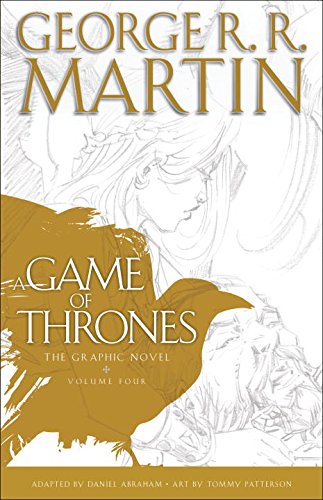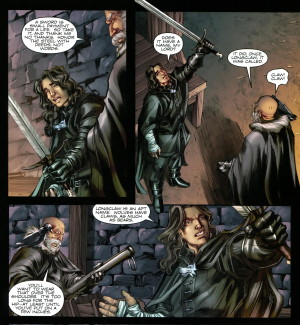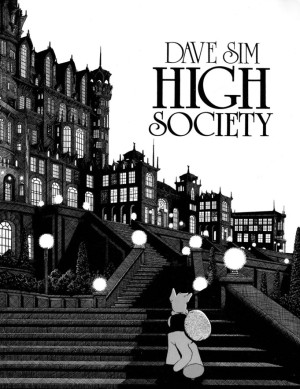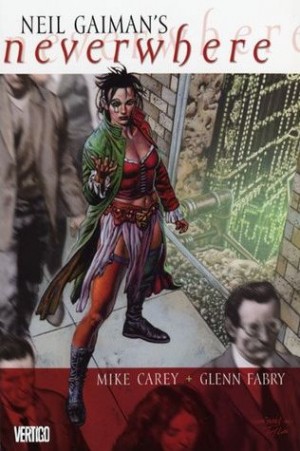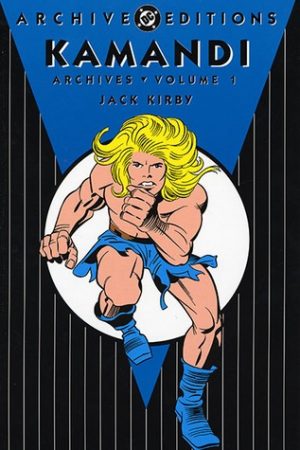Review by Frank Plowright
At the conclusion to the previous book, it didn’t look good for Eddard Stark, who is as near as this book’s vast ensemble cast has to a lead character. Political circumstances have swung wildly, leaving him in a dungeon under sentence of death for treason, and the members of his large family now considered fugitives. Having concluded volume three on a cliffhanger involving Stark, there’s much narrative teasing before the spotlight winds its way back in his direction to pick up that particular plot around the midway point.
This book concludes the adaptation of George R.R. Martin’s first Game of Thrones novel, more precisely A Song of Ice and Fire. Martin is plotting on an ambitiously grand scale, however, and as this is a multi-volume saga there is very little in the way of resolution other than the fates of several cast members who won’t be making the next novel.
Stark’s family are now scattered far and wide, with only his wife Catelyn and eldest son Robb remaining together. Here they agree to a political alliance that will lead to later problems. Daenerys Targaryen is spotlighted for a greater quantity of pages than any of the preceding volumes as this is a transformative sequence for her. Along with her stepping into a role she’d never previously conceived, we have the confirmation that this saga is more than medieval historical fantasy. There have been hints previously, with strange possessed men wandering the hinterlands beyond the great Wall in the North, but that’s a location not seen as often in this book.
The massive ensemble cast, to which new members are continually added, proves a problem for adapter Daniel Abraham, and his chosen method of narrative is to switch between them for prolonged periods. It does mean, as with Stark, that it can seem some while before a character is followed-up, but this frustration is surely preferable to the alternative of constantly shifting scenes.
In his notes at the back of the book artist Tommy Patterson relates how he wanted his cast to possess the greatest possible emotional range. His designs to induce this include giving one character dark eyebrows, as these offered greater emotional resonance than if coloured blonde. However, he doesn’t entirely succeed in conveying what’s intended, and there’s the occasional panel featuring gruesome gurning characters. There’s less of the cartooning with which he characterised cast members in the previous book, but there do appear to be pages where Patterson was very rushed.
Overall, though, anyone not wanting to wade through Martin’s original prose, should be very satisfied with a graphic novel adaptation that’s taken the time to do justice to it.
